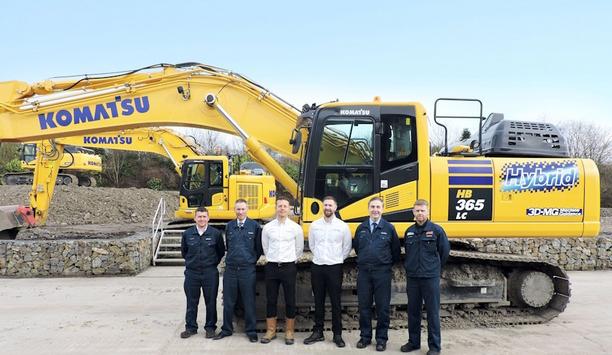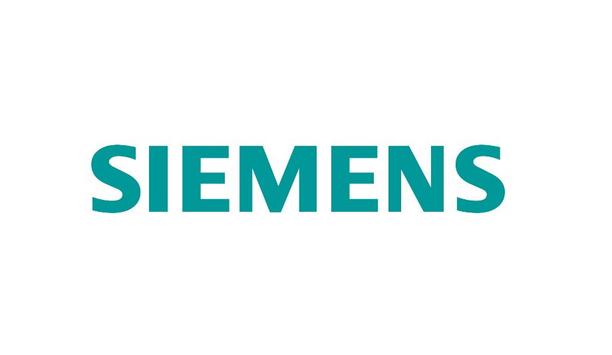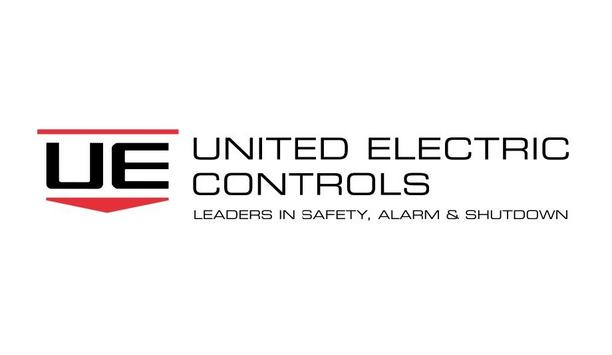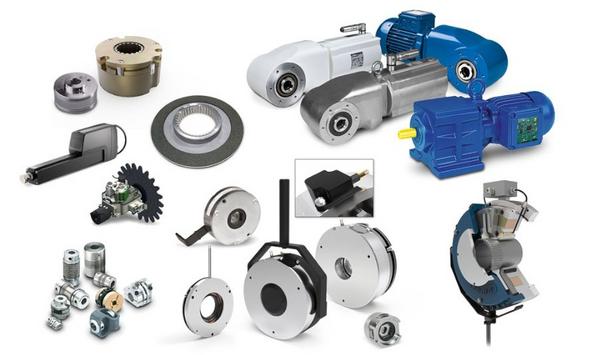New for SPS this year, Altra Industrial Motion Corp. will be displaying its problem-solving products at its Innovation Corner on Stand 3-270. Focused on delivering operational benefits to operators of motor brakes, leading brand, Warner Electric, will showcase solutions that meet the current and future needs of the market, informed by the challenges faced by users in the field.
The products on display have been developed in response to customer feedback and rely on Warner Electric’s extensive industry experience. Each solution is optimized to overcome a specific engineering problem regarding electromagnetic brakes. The new range of products meets the needs of a mature power transmission industry; one that requires innovative solutions to keep pace with the rapid developments in automation. All are available to order.
Reducing energy consumption
SSPB pulse brake combats this energy consumption by activating braking via an alternative method
Saving power is a concern for operators of all equipment, which is why Warner Electric has turned its attention to delivering a solution to improve green credentials for electromagnetic brakes. Such brakes typically require constant power to keep the brakes open, which results in increased energy consumption during operation.
The SSPB pulse brake combats this energy consumption by activating braking via an alternative method. Instead of being constantly powered when open, the Bi-stable brakes utilize pulses of current to open or close. This configuration eliminates extended power consumption when brakes are released, greatly increasing energy efficiency. For applications where power saving is paramount, such as in electric vehicles, this efficiency benefit can further maximize efficiency and range. The SSPB delivers a green solution to control soft stops for sensitive applications.
brake friction material quality
The brake friction material is a highly specialized science. Typically, friction materials are designed for specific environmental conditions to deliver a theoretical performance in certain industrial applications. This can present a challenge for brake manufacturers looking to design a brake that will perform both static and dynamic braking functions consistently across a broad range of temperatures and other environmental conditions. This is why Warner Electric, as a global OEM, has leveraged its expert chemists to develop a specialized brake friction material in-house.
Warner Electric’s W134 brake friction material is the result of over five years of independent development. Rigorously tested to ensure non-sticking and reliable braking performance regardless of temperature or humidity, W134 is specifically designed for Warner’s existing range of brakes. From the first instance, W134 has been optimized to provide high torque stability in both static and dynamic braking over a large range of rotation speeds. Limited wear during high-energy braking and consistent material properties after heavy stops ensure that W134 is well suited for all heavy-duty powertrain requirements, offering dependable and predictable performance throughout the life of the brake.
Delivering IP66 motor brakes
Warner Electric’s FRCB brake fits an IP66 rating at a pared cost thanks to the use of a technical composite
Specifying a motor brake for demanding outdoor applications requires a device with a high ingress protection (IP) rating. A high ingress protection rating is usually matched by an increase in the cost of the brake itself - without taking into account additional options - which makes cost-effective motor braking solutions for these demanding applications rare indeed.
Warner Electric’s FRCB brake matches an IP66 rating at a reduced cost thanks to the use of a specialized composite. This rating ensures it is ideally suited for demanding environments, such as marine applications or when frequently exposed to adverse weather. The use of innovative materials is matched by design in modularity, with a wide array of options allowing specifiers to adapt the FRCB to application requirements. Warner has designed the FRCB to be size-compatible with most standard motor brakes on the market, allowing it to be easily installed or retrofitted – further increasing cost-effectiveness.
high-temperature environments
In terms of brake monitoring, in the past operators have typically been given two options. Mechanical microswitches are the cheapest solution but don’t offer the accuracy required for precise applications due to contact pollution issues and unreliable repeatability over a long service life. To combat this, operators can turn to the second option - proximity switches. These are more accurate, but face their limitations as their sensitivity can be adversely affected when temperature varies, increasing hysteresis. When most braking applications take place in either low or high-temperature environments, this isn’t ideal.
The WES (Warner Electric Sensor) sensor is a contactless monitoring solution specifically designed to fit with electromagnetic brakes. With no mechanical contact, repeatable accuracy is attained over a long service life. Hysteresis is greatly reduced to less than 0.05 mm between operating temperatures of −40° to 105°C, which ensures sensitivity across a range of braking applications. A 2in1 design provides wear monitoring functions via an analog output as standard. For ease of implementation, the WES is electrically backward compatible with current mechanical and proximity switches on the market.
high energy dissipation
Hydraulics offer an opportunity for oil leakage, which requires maintenance
To manage the high energy produced by large braking events, electric vehicles have traditionally opted for wet multi-disc designs with hydraulic actuation to offer the dissipation required. Hydraulics offer an opportunity for oil leakage, which requires maintenance. Dual drivetrains take up vital space on a vehicle platform but present a further quandary, as two different brakes are needed to deliver the required braking performance, exacerbating the problem.
The CBTB electromagnetic brake is a direct solution to these limitations. By utilizing the new W134 brake friction material, this dry brake eliminates the risks of oil leakage and subsequent repair. This combination is very low wear. A specialized mechanical arrangement in the brake ensures high energy dissipation. To solve packaging issues, the CBTB features a double disc design, which allows a single brake to be fitted to two independent drive shafts, eliminating the need for two separate brakes. To deliver smooth braking for sudden stops, the CBTB can also be specified as a dual-stage configuration.
A global problem-solving capability
Being a world pioneer in power transmission relies on extensive experience and continuous dialogue with end users in the industry. The new solutions displayed by Warner Electric at SPS 2019 embody the engineering ethos employed by Altra as a whole.
By showcasing innovative products that solve specific application challenges, offer seamless integration and improve performance – Altra’s Innovation Corner represents a global power transmission capability and strategy leveraged to benefit manufacturers and equipment operators.






